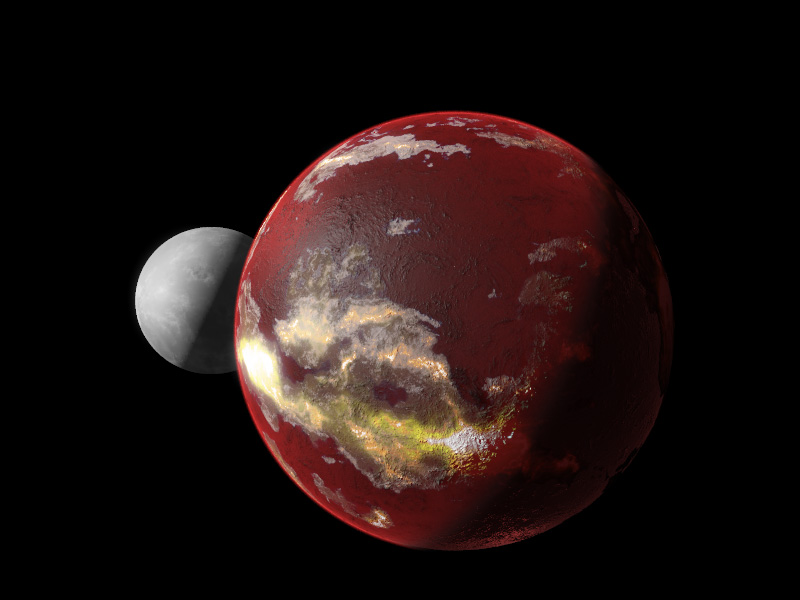| Online: | |
| Visits: | |
| Stories: |
Spectral Readings Bring Alien Planet Into Sharper Focus – Video
Wednesday, April 22, 2015 19:45
% of readers think this story is Fact. Add your two cents.
Discussions concerning all matters of humanity’s ascension into a higher dimensional existence culminating in 2012

Excerpt from nbcnews.com
Astronomers have detected an exoplanet’srom visible-light spectrum directly for the first time ever, a milestone that could help bring many other alien worlds into clearer focus down the road.
The scientists used the HARPS instrument on the European Southern Observatory’s 3.6-meter telescope at the La Silla Observatory in Chile to study the spectrum of visible light reflected off the exoplanet 51 Pegasi b, which lies about 50 light-years from Earth in the constellation Pegasus.
51 Pegasi b, a “hot Jupiter” gas giant that orbits close to its parent star, was spotted in 1995, when it became the first alien world ever discovered around a sunlike star. (The first exoplanets of any type were found in 1992 around a superdense, rotating stellar corpse called a pulsar.)
Researchers most often study exoplanet atmospheres by analyzing the starlight that passes through them when worlds cross their stars’ faces from Earth’s perspective. This method, known as transit spectroscopy, is restricted to use on systems in which the stars and planets align.
The new strategy used with 51 Pegasi b, on the other hand, does not depend on planetary transits and could thus find broader applicability, researchers said.
The technique offers other scientific advantages as well.
“This type of detection technique is of great scientific importance, as it allows us to measure the planet’s real mass and orbital inclination, which is essential to more fully understand the system,” study lead author Jorge Martins, of the Instituto de Astrofísica e Ciências do Espaço and the Universidade do Porto in Portugal, said in a statement. “It also allows us to estimate the planet’s reflectivity, or albedo, which can be used to infer the composition of both the planet’s surface and atmosphere.”
The new data suggest that 51 Pegasi b is highly reflective, a bit larger in diameter than Jupiter and about half as massive as our solar system’s biggest planet, researchers said.
The new study was published Wednesday in the journal Astronomy & Astrophysics.
http://ascensionearth2012.blogspot.com
Source: http://www.ascensionearth2012.org/2015/04/spectral-readings-bring-alien-planet.html




